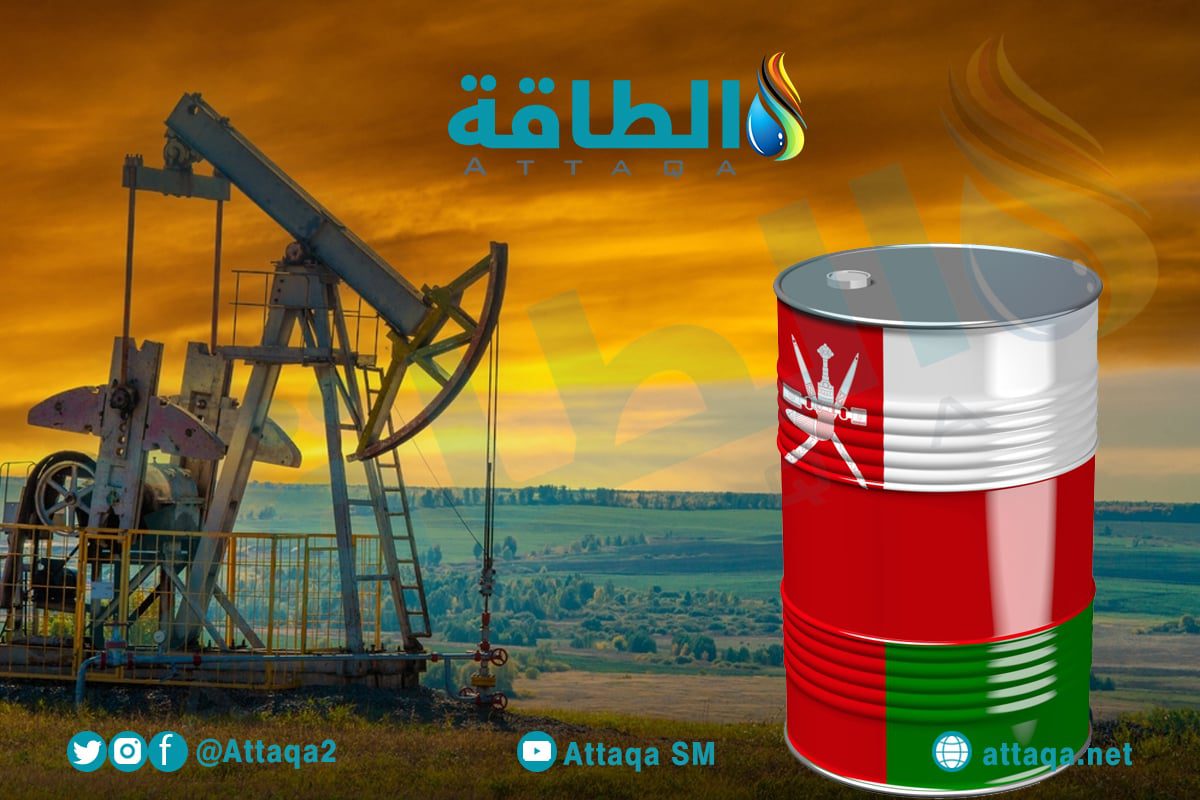China’s Unipec company’s sales of Omani oil rose to a record level during the month of June, reaching 8 million barrels for loading in August, at a time when Saudi Arabia announced a reduction in oil production and an increase in official selling prices, as well as an increase in flows to China.
Unipec did not make such sales in May 2023, and it used to sell less than 2.5 million barrels of crude oil from the Middle East during the Platts window per month over the course of 2022, according to information seen by the specialized energy platform.
Unipec’s sales since the beginning of June have been featured on the S&P Global trading platform, also known as the Platts window, which is used to rate the price of Dubai crude, the benchmark for millions of barrels exported from the Middle East, according to trade sources and data compiled by the agency. Reuters.
The data showed that Unipec – the trading arm of the largest Asian refining company, Sinopec – sold shipments of Omani oil to Totsa – the trading arm of Total Energy, PetroChina Hong Kong, Shell and Trafigura.
Oman oil sales in June 2023
The unusually large Omani oil sales began on June 1, ahead of Saudi Arabia’s surprise move on July 4 to cut July production by 1 million barrels per day, and as Saudi Aramco raised its official selling prices, according to Reuters.
These deals helped cap spot premiums to benchmark Dubai prices to below $1 a barrel for most of June, despite the potential for Saudi supply shortages.
It was not immediately clear why China’s Unipec would sell large quantities of Omani oil.
Weaker fuel demand from a slower-than-expected economic recovery has squeezed refining margins in China, and Unipec and other Chinese refiners are bringing in more barrels from Russia, West Africa, the US and Brazil.
Data from analytics firms Kpler and Vortexa showed that the sales occurred just as oil shipments to China are expected to rise in June, after hitting the third highest monthly level in May.
In addition to the massive influx of Russian oil into China, the country’s June imports of US oil are set to reach a record 30 million barrels, while more than 32 million barrels of West African crude will reach China.
In recent months, Unipec has been among the companies that have boosted oil purchases from West Africa, the United States and Brazil.
China’s oil stocks
Strong crude imports and refinery maintenance in the second quarter of the year also boosted China’s commercial oil inventories to 962 million barrels, the highest level since the end of 2020, said analyst at data analysis firm Vortexa, Emma Li.
About 1.22 million bpd of refining capacity in China was shut down for maintenance in May, according to Reuters calculations seen by the specialized energy platform.
China’s state refineries cut operating rates to about 76% in May from about 77% in April, according to data compiled by consulting firm Longzhong.
The data showed that the cuts come as refining margins in China were valued at 461 yuan ($64.5) per tonne in May, down 45% from April.
In contrast, the data also showed that profit margins at independent refineries – known as teapots, in the oil hub of Shandong Province – amounted to about 1,136 yuan ($159) per ton, as they relied on cheap oil from Russia, Iran and Venezuela.
Omani oil revenues in 2023
In another context, the general revenues of the Sultanate of Oman increased by 6% until the end of the first quarter of the current fiscal year, to reach 3.217 billion riyals ($8.36 billion), according to the financial performance bulletin, which was published by the official Oman News Agency.
Net oil revenues increased until the end of the first quarter of 2023, by 9%, to reach 1.707 billion riyals ($4.43 billion), compared to 1.565 billion riyals ($4.06 billion) during the same period in 2022.
The increase in oil revenues was supported by an increase in the average price of a barrel of oil to about $85, in addition to an increase in average oil production to about 1.063 million barrels per day, according to data provided by the Ministry of Finance.
While net gas revenues in the Sultanate of Oman until the end of the first quarter of 2023 declined by 12%, to record about 720 million riyals ($1.870 billion), down from 819 million riyals ($2.127 billion) during the same period of 2022.
The following infographic – prepared by the specialized energy platform – shows oil and gas revenues in the Sultanate of Oman during the first quarter of 2023:


Leave a Reply